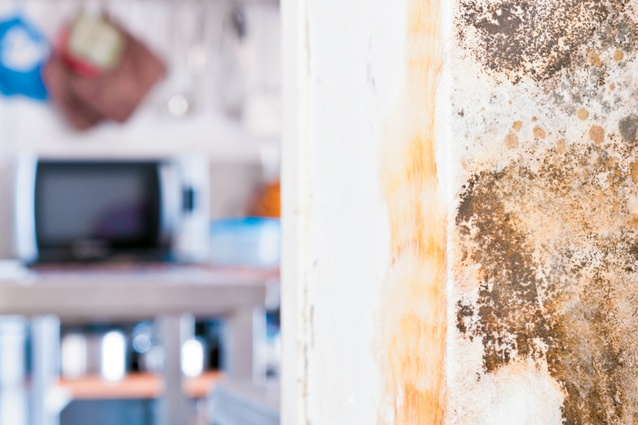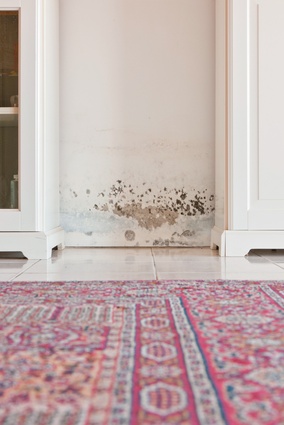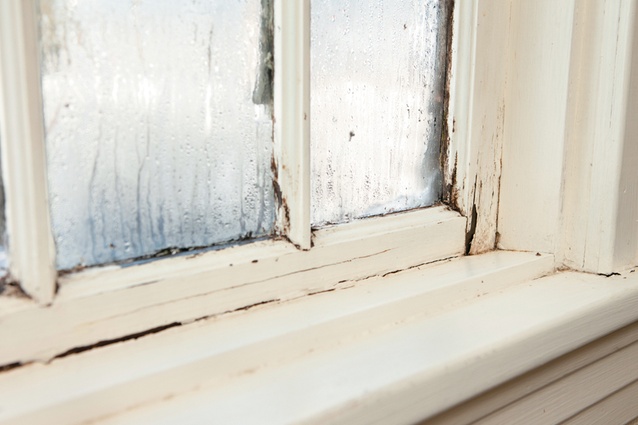People, research, construction
Dr Robyn Phipps is a professor in construction at Massey University and an advocate for improving the health and wellbeing of our youth and older people through better building techniques.
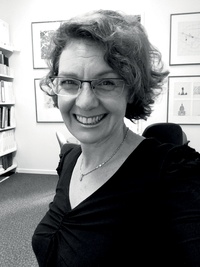
Professor Robyn Phipps began work in the construction industry as an architectural designer, but she saw too many buildings that were creating health problems for the occupants and felt there wasn’t enough focus on building performance.
“Too many people were saying: ‘My house is making me sick’, or: ‘I loved my job but the building was making me ill so I went to work somewhere else.’ As a designer it is very hard to hear – that you are part of creating a non-solution.”
She learned that some commonplace construction solutions, poor ventilation, and materials had the ability to harm people. Some materials, for example certain paints, emit solvents and New Zealand’s generally wet environment encourages mould to grow both in commercial buildings and homes.
Phipps decided her work lay somewhere else and put into practice her strongly held social justice principles – to reduce inequality in society and look after the most vulnerable people, particularly children and the elderly. “They have the greatest health needs and what is a suitable environment for a young fit adult [the demographic for which buildings tend to be built] is not necessarily a healthy environment for them.”
Her passion for people, research and healthy buildings took her to Massey University where she completed a PhD focused on Healthy Office Buildings. She is now Academic Director of Construction programmes and Cluster Leader of the Built Environment Staff at the university, and has led many projects on health and the environmental effects of domestic heating, design of healthy buildings, low-energy buildings, ventilation in homes, mould in buildings and health effects from fluorescent lighting.
An investigation in which Phipps was involved, produced A Housing, Heating and Health Study 2006, and found that better heating reduces children’s reported asthma symptoms and by extension the number of days off school and the number days caregivers are off work. Four hundred and nine children took part in the study.
“The improvement we saw in the children was as significant, as if a new-generation pharmaceutical drug had been developed. The amount of coughing and wheezing reduced just from replacing either an unflued gas heater or plug-in heater with a heat pump, wood pellet burner of flued gas heater,” Phipps says.
Now her team at Massey University is applying the methodologies they used in the home environment to research healthy/sustainable classrooms. “Other than at home, children spend the most time at school. With a lot of classrooms, you have a high density of people in a confined, under-ventilated space. As parents, we know that if one person gets a bug it quite quickly goes through a classroom.”
The resulting days off for students, their caregivers and teacher has a very disruptive, cumulative effect. Over the past three years, Phipps and her team have been looking at how to improve ventilation, air quality and heating in classrooms. They have collected data on a range of factors inluding bacteria levels and environmental conditions such as relative humidity, temperature and absolute humidity. Final results from the investigation are expected to be released in a few months.
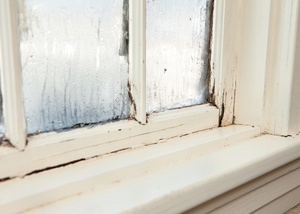
“We found that classrooms are very under-ventilated, and that bacteria and carbon dioxide levels are too high. Carbon dioxide diminishes concentration. I would imagine you could have the best teacher in the world, giving the most exciting lesson, but if the carbon dioxide levels are too high then everybody will be a bit sleepy. Just by having more ventilation there is a possibility the children will be more alert.”
During the study they improved ventilation in some classrooms by means of low-cost solar ventilation system and compared test results with control classrooms. “The whole system is energy neutral,” says Phipps. “We found the schools using the system were also less reliant on conventional heating compared to the schools without it.”
A future research project Phipps has in mind will look at educational achievement in relation to classroom environment. Phipps has many research balls in the air. One of her Masters students is currently investigating the health and safety of migrant workers in Christchurch, finding that they have a higher level of accidents on construction sites than other ethnic populations.
“We’re not sure of the reasons for this, possibly there are language and cultural barriers but also, people who think they don’t have job security don’t often complain, and they probably work longer hours because they think they might lose their work visa and be sent home.”
A multi-disciplinary project to assess the affect of regular house maintenance on water ingress is also underway. “Recognising that we live in a very damp environment and that, if unchecked, water will penetrate a wall; will improved maintenance help in reducing dampness inside the house?”
Data collection for this project will take place 2016 to 2017. Phipps and other team members will be looking at a number of factors across the study such as relative humidity in the environment and mould growth looking at a number of homes with improved maintenance and a matching number with no maintenance at all.
Phipps says she enjoys working within a multidisciplinary team, which can include clinical psychologists through to physicians, building physicists, engineers, teachers, statisticians and more. “It’s only by having a broad number of disciplines involved that we can tackle some really big projects.”
Phipps’s career highlights are definitely associated with her work with people and being able to improve their environment. Another is working with students and seeing their careers take off. She says the Bachelor of Construction programme is growing rapidly. “We have a lot of students going into really exciting careers and the demand for graduates is consistently high. Bumping into construction graduates when they have been out for a couple of years and seeing them as independent people who are making a significant contribution gives me a real buzz.”
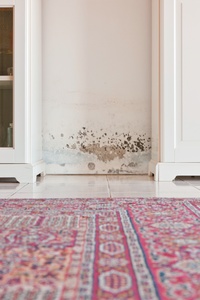
She is a strong advocate for women entering the construction industry and considers they bring skills and attitudes that the industry needs – emotional intelligence, relationship skills, attention to detail, a strong work ethic are some of the benefits she identifies. One of her goals is to engage more with female school leavers to raise their awareness about careers in construction and to bring them into the industry.
“When I was looking at a career my career guidance teacher at high school in the 1980s said, an architecture degree was ‘not for you’. It was possibly the best thing she could have said as I’m stubborn and that galvanized me to do what I wanted to do because I was told I couldn’t. I hate to think there are other women being told that at school. We have done some interesting projects looking at the advice career guidance people are giving to school leavers in terms of careers in construction. It was disappointing to find out that some all-girl schools say they don’t tell their girls about careers in construction because girls aren’t interested. But females do brilliantly in the construction industry. They bring another set of skills to the mix and all the research points to how diversity in an organisation brings out the best in people.”
And it is always satisfying when her research and that of the people she works with is recognised. Last year three Massey University staff, including Phipps, were part of a team that won the Prime Minister’s Science Prize. The win was for the team’s work in improving health outcomes by improving housing conditions. But Phipps doesn’t rest on her laurels. Her daughters tease her when they go on holiday: ‘oh Mum will be looking at buildings’. And yes, Phipps always has a building research project in mind.
“Resilient buildings in the Pacific Islands is another area I would love to get involved in. Climate change will have a big impact on some of our closest neighbours; we can’t turn our backs on them. Instead, we need to be looking at how do we responsibly build buildings to withstand cyclones; or build schools that can be remotely connected to modern learning technology so students have the full advantages of the education on offer to New Zealanders? Wireless technology powered by renewable energy could run computers. They could beam in conferences from outside and after hours the buildings could be used as medical clinics with access to top quality doctors. There is a lot we can achieve with multitasking buildings.”

